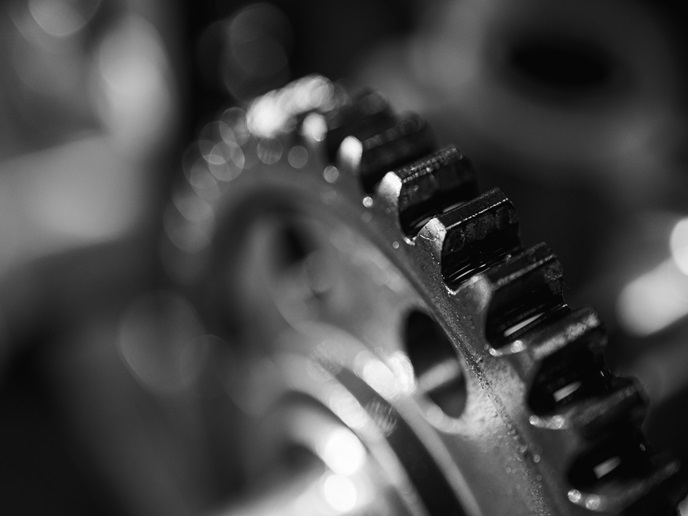From hard chromium to safe and sustainable by design coatings
By virtue of their excellent hardness and resistance to wear and corrosion, hard chromium coatings have long been the preferred choice for a range of industrial applications. However, production of hard chromium requires the use of toxic hexavalent chromium (Cr6+) substances, presenting significant environmental and occupational health issues. Because of their toxicity, Cr6+ substances are subject to authorisation under the EU’s REACH regulation on harmful chemical substances. The European Commission has also approved a proposal that requires companies producing hard chromium coatings to implement strict risk management procedures, reassess the availability of safer alternatives, and implement a substitute material as soon as possible. Helping to orchestrate this transition is the EU-funded MOZART project. “Using safe and sustainable by design principles, we’ve developed REACH-compliant nanocomposite coatings that can replace hard chromium coatings in targeted applications,” says Myrto Pelopida, a business analyst at AXIA Innovation and the project’s dissemination and exploitation manager.
Durable nanocomposite alternatives
One of the project’s most important achievements is the development of nanocomposite coatings via the incorporation of nanoparticles in the metallic coating. “These nanoparticles can enhance the properties of the MOZART coatings to match or exceed the performance of hard chromium coatings,” explains Pelopida. Using REACH-compliant electrolytes, a series of nickel/silicon carbide nanocomposite coatings were produced at pilot scale, showing hardness comparable to hard chromium. “Developing REACH-compliant electrolytes and incorporating nanoparticles into existing plating lines required us to overcome several technical hurdles,” notes Pelopida. To address these challenges, the project used artificial intelligence-driven simulations, chemical functionalisation of nanoparticles, and advanced electroplating techniques. “Thanks to the hard work of our project partners, we were ultimately able to achieve high-quality, durable coatings while ensuring environmental safety,” adds Pelopida.
Driving industrial innovation
By following safe and sustainable by design guidelines, MOZART ensured that its solutions can be used within current workflows. It is also developing a hybrid training dataset to help companies make the transition to the new nanocomposite coatings. “Not only do our solutions offer equivalent levels of hardness and resistance to corrosion and wear to hard chromium-based coatings, but they are also compatible with existing manufacturing processes, meaning companies can essentially start using it today,” explains Pelopida. The team is currently working to further scale up its technology for commercial applications while also monitoring its sustainability. Furthermore, as artificial intelligence advances, the project is expanding its use of the technology to conduct more precise simulations and to refine its electrolyte formulations for broader industry uptake. “We are setting a new benchmark for environmentally friendly surface treatments while demonstrating how advanced technologies like AI, nanotechnology, and safe and sustainable by design principles can drive industrial innovation without compromising environmental and worker safety,” concludes Pelopida.
Keywords
MOZART, safe and sustainable by design, surface treatments, hard chromium coatings, coatings, nanocomposite coatings, REACH regulation, artificial intelligence, AI, industrial innovation, nanotechnology







